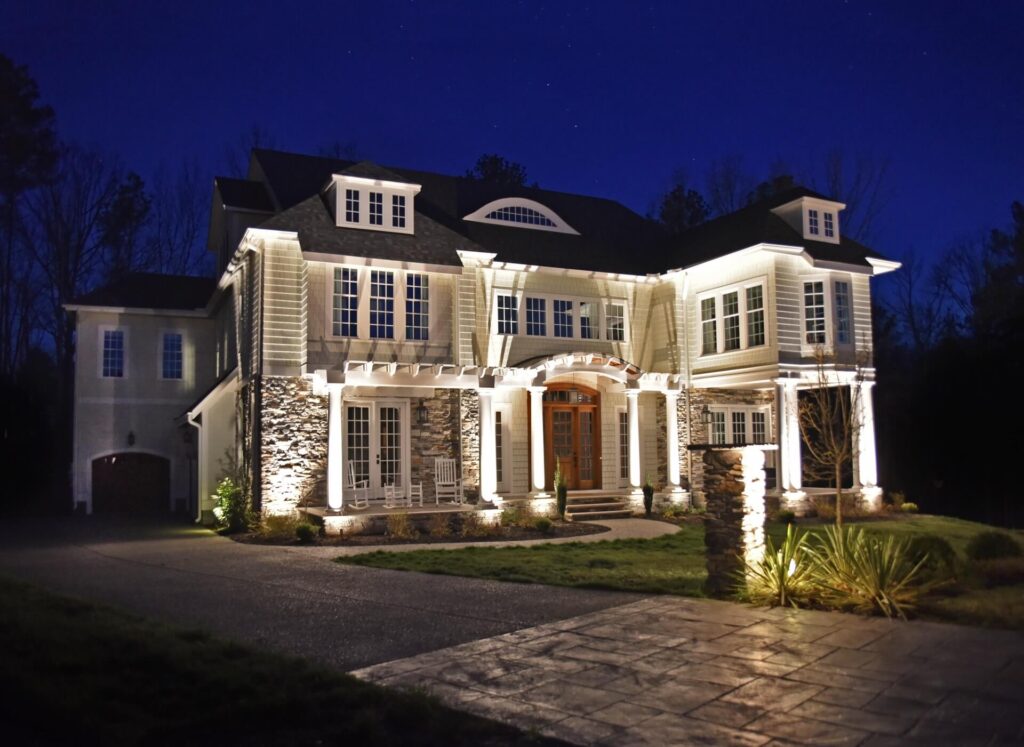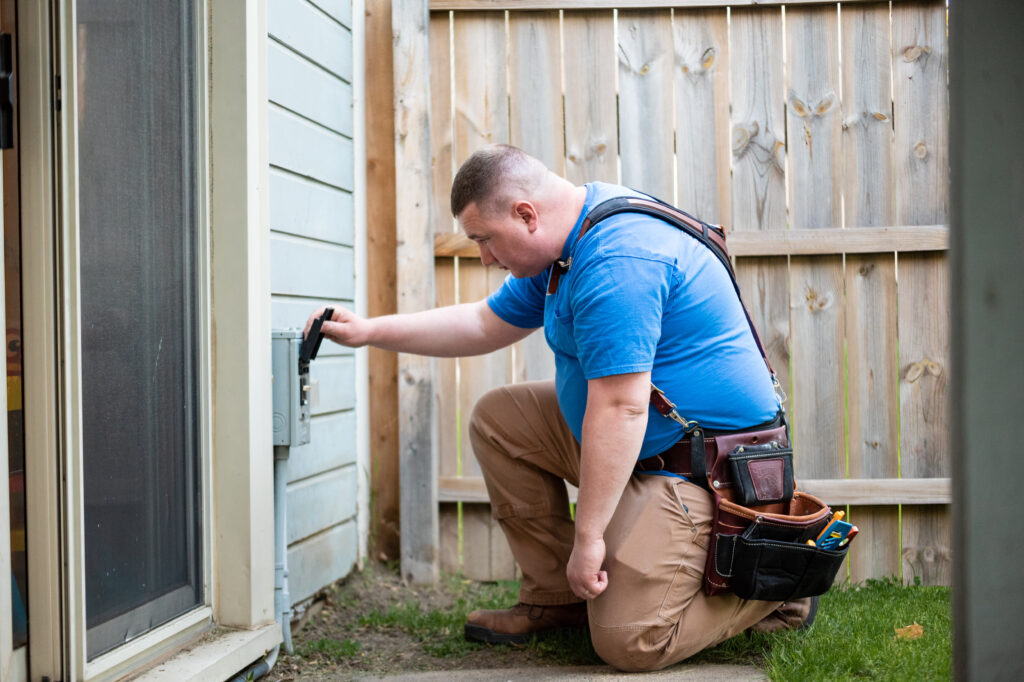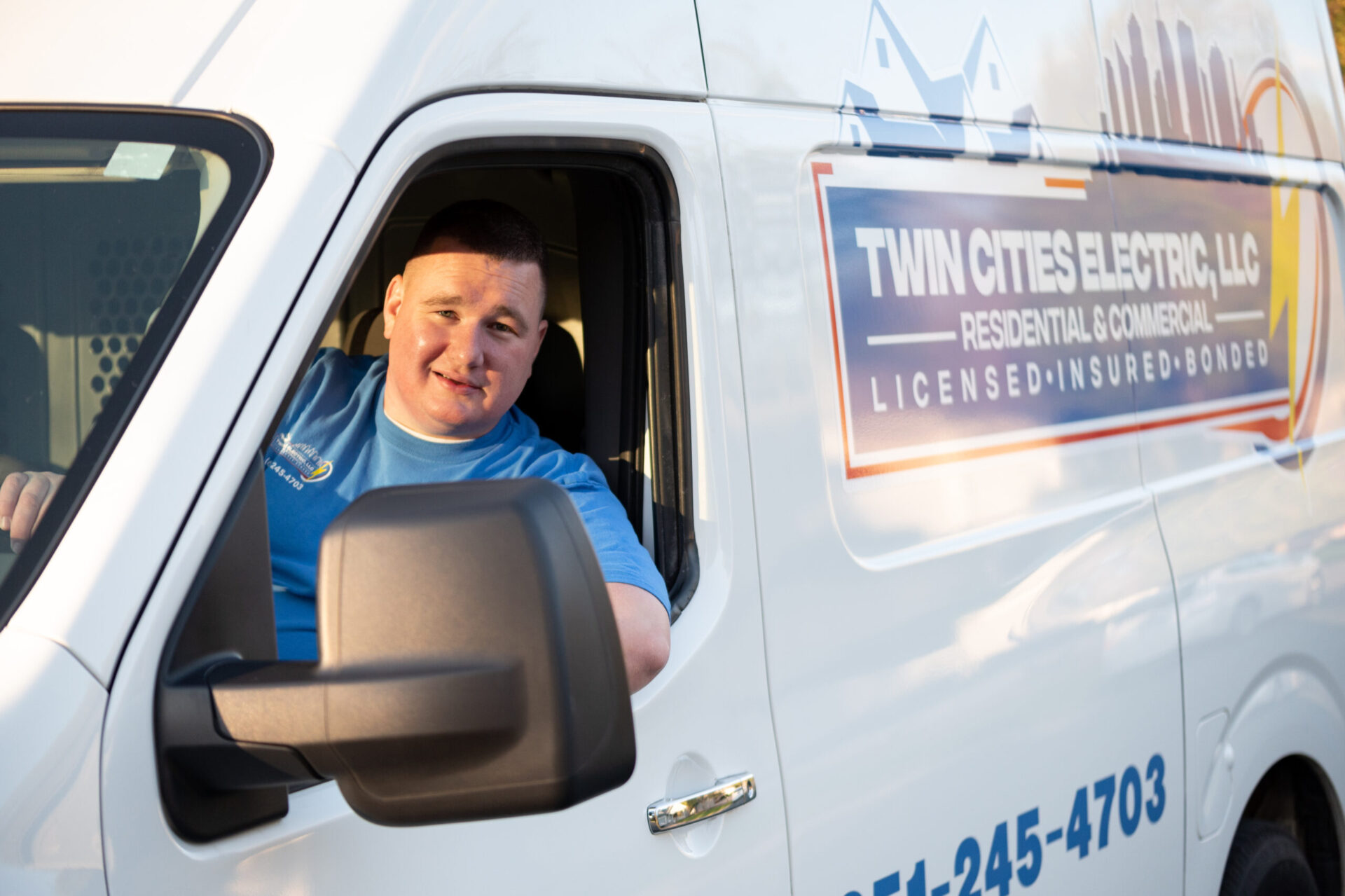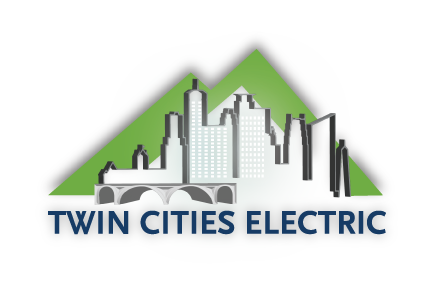Did You Know ...
On average, per year, over 24,000 fires , 295 deaths, 900 injuries, and $1.2 BILLION loss due homeowners is due to faulty wiring or homes not being up to code!

why are home electrical inspections important?
The most recent National Fire Protection Association's (NFPA) research shows the top four primary sources of home fire ignition were:
(1) Wiring and related equipment, 68% of all home fires; (2) Lamps, Bulbs or Lighting, 14% of all home fires; (3) Cords or Plugs, 10% of all home fires; and (4) Transformers and Power Supplies, 8% of all home fires.
These are truly staggering household electrical fire statistics that are, in most instances, avoidable, especially when hiring a licensed master electrician to perform a home electrical inspection.

Bring Your Home's Hidden Issues Into The Light!
Peace of Mind at the Push of a Button
Twin Cities Electric's owner and Licensed Master Electrician Pete Cicconi is deeply committed to providing the same peace of mind and safety in his own family's home as with his clients' homes — here's precisely what you can expect when he performs a thorough home electrical inspection, detailed below:
Electrical Panel
Burns/Charring
Double-Tapping
This results in damage to the panel and increased risk of fire.
Proper Labeling
Damage
Circuit Breaker Sizing
Ground Rods
Water Bond
Panel Enclosure
GFCIs
AFCIs
AFCIs are required by the National Electrical Code (NEC) for certain electrical circuits.
Smoke Detectors
Additionally, Minnesota requires smoke detectors must be hard-wired, as opposed to battery backup.
Previous Electrical Work
Flickering Lights
Grounding System
Switches + Outlets
Wiring
Visual Inspection
Peace of Mind at the Push of a Button

Our Process
5 Steps To Safety & Comfort
Step 1
Consultation
Reach out to us by phone or by filling out the form and providing us with as many details as possible
Step 2
Assessment
We’ll arrive at your location and inspect the space in detail in order to determine the best approach
Step 3
Work
After we sign the contract for your electrical project, we’ll get started on your project.
Step 4
Step 1
Follow-Up
We’ll make a follow-up call 3 days after the work to make sure everything is running smoothly.
Step 5
Step 1
Enjoy
You’ve made a wise decision. It’s time to discover how living in a smart, efficient home feels!

